
Christian Ringnes (left) and Jake Chapman (right) with the Chapman brothers’ “Sturm und Drang” (2014) (all photos by the author for Hyperallergic)
OSLO, Norway — What might for some artists constitute a proud moment, appears to be something of a jape for the Chapman brothers. The setting is a wooded hillside outside Oslo. The controversial artists are just about to join Rodin, Renoir, and Dalí in the Ekeberg Sculpture Park. But, despite the persistent rain, Jake Chapman is keeping his introductory speech light in tone. Older brother Dinos isn’t here.
When the tarpaulin is pulled off the sculpture “Sturm und Drang” (2014), the effect is like a dead rabbit from a hat. The work conjures horror rather than satisfaction; a clutch of child skeletons, dressed with goblin masks and writhing maggots, hang from a blasted tree. For further satire, this macabre scene is cast in bronze, an elevated material already much in favor here in the sculpture park. The cursed stump may evoke the cruelty of war and the black vision of Francisco de Goya, but don’t expect any quarter given to pathos.
“It’s an ongoing irony to us that our work keeps getting bought and put in museums,” Jake tells me back on a sofa in the lobby of the park’s modernist restaurant. “I quite like the idea that, actually, instead of trying to increase the number of things which have some sort of artistic merit, we’re actually producing things which don’t really deserve the place they end up in.”
“Sturm und Drang” is on a hillock of freshly laid turf overlooking an ornamental pond. The sculpture is one of two springtime acquisitions by businessman and collector Christian Ringnes. The other is a marble angel with exposed innards, by Damien Hirst. It’s arguable that work by neither of these shock-mongers deserves a place amidst the natural beauty of this park, with its view over the local fjord. But perhaps, given the temptations to romanticize this rugged setting, that’s why these sculptures need to be here.

The big reveal at Ekeberg Sculpture Park
And yet Jake rejects the notion of site-specific art: “I tend not to think about stuff like that; I tend to avoid thinking about it. I don’t want to think what I do has anything to do with such vast, monumental scales. It would be dangerous and off-putting for me to have to think about stuff like that.” “Sturm und Drang“ might draw its title from a proto-Romantic movement, but it is hard to imagine the Chapmans hiking around the misty peaks of old Europe. (Jake has come to this opening off the back of a family holiday in Disneyland Paris, an irony which the troublemaker appears to relish.)
Oslo is a small city, with three local sculpture parks, and a skyline filled with cranes. In 2019, both the National Gallery and the Munch Museum are due to move to new premises on the waterfront. Developments like this, in the infrastructure of art, inspire the younger Chapman to launch into a spot of verbose criticism: “I find it difficult to stomach an association between what I do and the scale of the liberal polity expanding to the point of universality. I think it’s a worrying thing.”
Civic museums would seem to have an unacceptable level of humanist aspiration for Jake and his brother. These are, after all, the pairs who grafted penises and anuses onto mannequins of kids and brought both grinning Nazis and visibly aroused members of the KKK into galleries. Both sets of fascists mingled with visitors and implicated the art world in mankind’s worst atrocities.
“We try to find things which are at the low level of human activity,” says Jake, quite plainly. The sculpture, in this case, may have a classical bronze finish, but its cast components have all been sourced in those poky joke shops which remind fully grown Brits of their schooldays. The artist describes the use of such humble materials as “sadistic materialism,” and the casting of joke materials in bronze, a “sadistic gesture.” He says, “the work is still pictorially within the realm of childishness.”
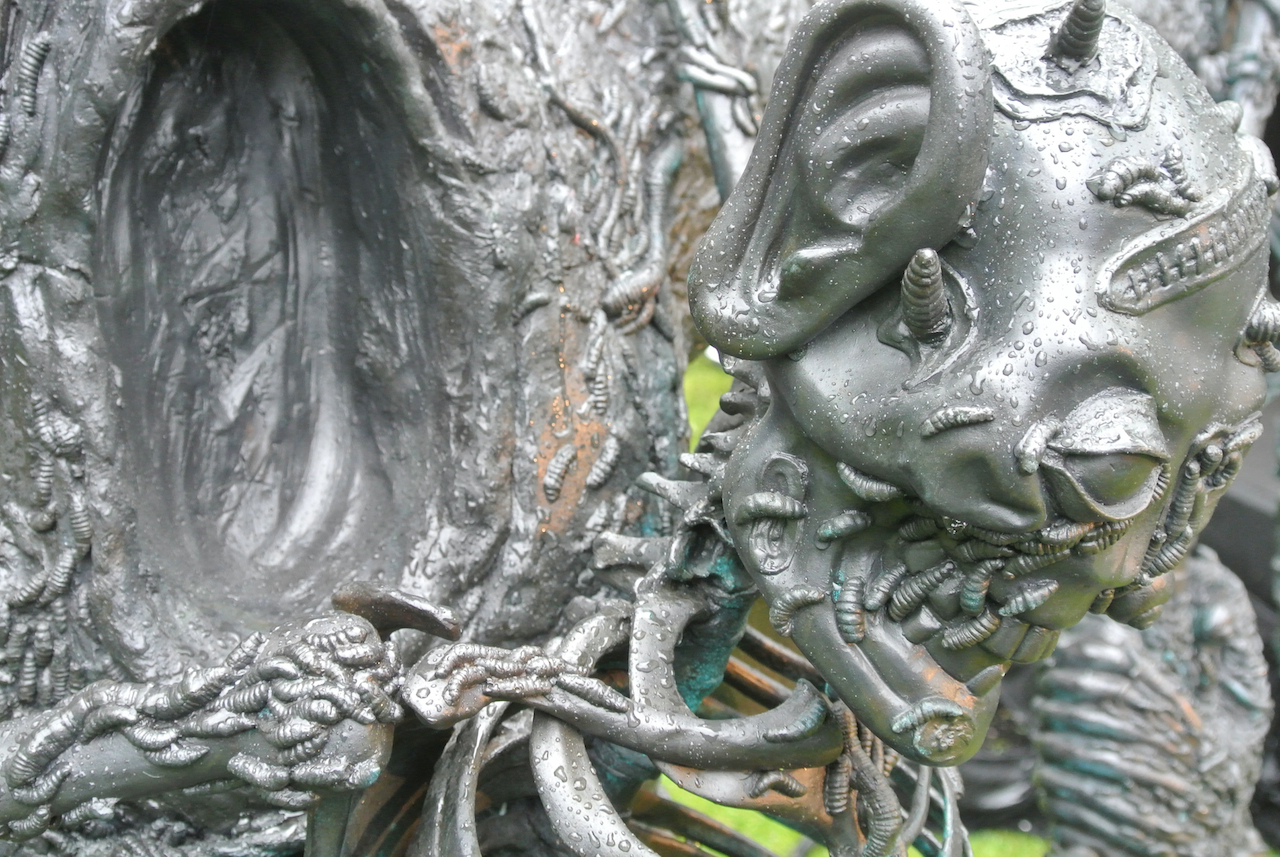
“Sturm und Drang” detail (click to enlarge)
But the Chapmans are always ready to put aside childish things and talk theory. They value fun as a form of transgression. “The idea of humor, the idea of pleasure, the idea of laughter,” Jake begins, “It summons up an inhuman gap, between an affect and a response and an appropriate response.” This begs the question: how does one frame an ‘appropriate’ response to a war crime? The brothers may dwell on the ghoulish side of life but, when it comes to their sense of humor, things look rosy to them.
“I suppose,” ventures Jake, “in some optimistic way, if you can produce a response of laughter in a viewer, then you’re opening up a little area, a little gap for some sort of parasitical intervention.”
This may sound unpleasant, but, says the younger Chapman, “I guess if you’re asking the viewer to laugh at something, then you’re suspending their … normative sort of ways in which they can rationalize their response.” Looking back, this is a form philosophical culture jamming which might characterize the work of all the Young British Artists (YBAs).
You’ll find it here in the undermining of both material (bronze) and source material (Goya). But of course the Chapmans have previous experience with subverting one of Spain’s last great old masters. In 2003 their Turner Prize nomination was supported by a suite of prints from the Disasters of War series, which were defaced with exquisite cartoon faces. More than a decade after seeing these, I’m now able to tell one of the Chapmans how irritated their exhibition made me. It just seemed too taboo.
“We recognize that,” Jake says, without batting an eyelid, “And we wanted to demonstrate in some extreme didactic way that actually these things are the equivalent of Xerox pictures.” The artist tells me the obvious: that the series was made for distribution. “So the idea of drawing on them didn’t really feel to us like we were obliterating something which was of such scarce value.”

“Sturm und Drang” with Jake Chapman framed in background
Transgression, that word again, was always an important gesture or, as Jake puts it now, “having something to say about the world in a way which is not just a seamless agreement with it.”
Might Goya himself have got the joke? “I think there’s an acerbic wit … and there’s a very fatalistic, misanthropic sense to the work, definitely,” says the artist. He and Dinos are stuck by a shortcoming in the typically humanist reading of Goya’s anti-war prints; there are, he maintains, “excess activities … going on in there.” Which brings us full circle to the artists’ addition to Ekeberg Park, this grim Disaster of War rendered in three dimensions.
“Drawing a picture of people hanging on a tree and, in some ways, making that reverberate with images of Christ on the cross — that takes a certain amount of pessimism and cynicism,” says Jake, concluding that, yes, Goya had a sense of humor. But if his original etching was a sight gag, the Chapmans’ bronze is an involved, bathos-filled pastiche. It must take more these days to really be amusing.
“Sturm und Drang” can be seen at Ekeberg Sculpture Park (0193, Kongsveien 23, Oslo, Norway). The author of this piece was on a press trip organized by the park.









 Do you recognize these reasons that our queer families can take on unhealthy dynamics? Find out why you deserve to change it – and how.
Do you recognize these reasons that our queer families can take on unhealthy dynamics? Find out why you deserve to change it – and how. This author's actually glad to have this conversation about the mistakes you're making as an ally – because learning is what it's all about. Here's to more growth!
This author's actually glad to have this conversation about the mistakes you're making as an ally – because learning is what it's all about. Here's to more growth!

 We heard from so many of you after this author's last list exposed examples you'd never noticed before. That was only the beginning.
We heard from so many of you after this author's last list exposed examples you'd never noticed before. That was only the beginning. Have you noticed the feminist movement's race problem? You're not being “divisive” or “too sensitive” if you have – here's why.
Have you noticed the feminist movement's race problem? You're not being “divisive” or “too sensitive” if you have – here's why.





















 Your computer is leaking information. It's not from the usual suspects: WiFi, Bluetooth or ethernet, but from radio waves originating from your processor. Researchers at Tel Aviv University and Israel's Technion research institute have built a $300 d...
Your computer is leaking information. It's not from the usual suspects: WiFi, Bluetooth or ethernet, but from radio waves originating from your processor. Researchers at Tel Aviv University and Israel's Technion research institute have built a $300 d...
 When Google unveiled its urban improvement initiative, Sidewalk Labs, it left one big question: what was this new outfit actually working on? As of today, you should have a good idea. Sidewalk and a group of investors have bought and merged two key c...
When Google unveiled its urban improvement initiative, Sidewalk Labs, it left one big question: what was this new outfit actually working on? As of today, you should have a good idea. Sidewalk and a group of investors have bought and merged two key c...